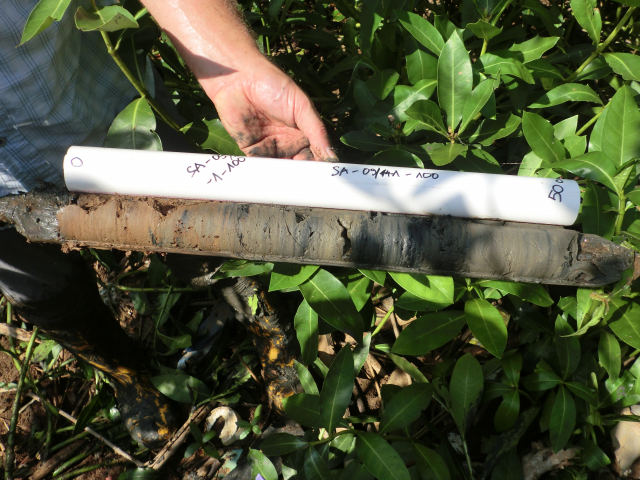Summary
'Blue Carbon' is the carbon sequestered and stored in the plants and sediments of coastal and marine ecosystems. 'Blue Carbon' projects to offset GHG emissions are emerging nature-based solutions in climate change mitigation. Creating a community based trading scheme for the voluntary carbon market in order to protect mangroves and to sustain the livelihoods of the local population initially requires robust research data on carbon sequestration and storage. CommBlueC aims to provide these data in two mangrove forests in Tanzania and to assess the feasibility of the sites for a community-based carbon credit trading scheme for the voluntary carbon market following the standards of 'Plan Vivo'.
Project goals
- To sample plants and sediments in two mangrove forests in Dar es Salaam, Tanzania, according to the standardized 'Coastal Blue Carbon' manual.
- To study organic matter composition and quantify the carbon stocks and accumulation rates.
- To assess the feasibility of two mangrove forests in Tanzania for developing a community based carbon credit trading scheme for the voluntary carbon market.





